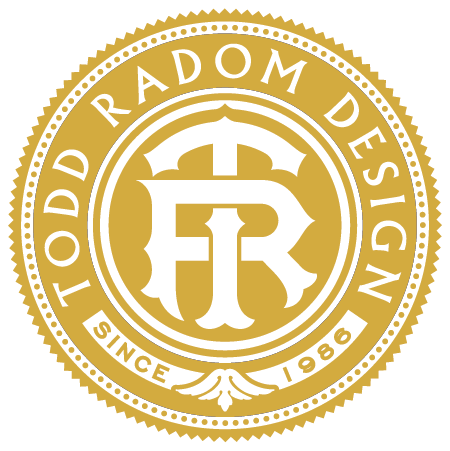The Design & Selling of the Super Bowl—5 Historical Notes
1) Bet on the team with the dark blue helmets to win Super Bowl XLVIII
Otherwise, go for the team with silver helmets.
The Seattle Seahawks and Denver Broncos will both be sporting dark blue helmets when they face each other at MetLife Stadium on February 2.
But silver has emerged victorious in 11 previous Super Bowls to date. The Tampa Bay Buccaneers won Super Bowl XXXVII while wearing pewter—not silver.
A side note: the 1986 and 1990 Giants are the only Super Bowl winners whose helmet logo was eventually replaced in full. Yes, other teams have evolved their logos over the years, but the "NY" that won Super Bowls in 2007 and 2011 bears no resemblance at all to the "GIANTS" wordmark that won Super Bowls XXI and XXV.
2) Super Bowl/Merger Bowl/The Game? Let's call it something different
Hard as it is to believe, the National Football League HATED the designation of "Super Bowl" when the game was in its infancy. "We've never used Super Bowl officially or unofficially" said a spokesman for NFL Commissioner Pete Rozelle in the spring of 1967, months after Super Bowl I was played in Los Angeles. "Not many people like it. It's a nickname, and it's a bad play on words. Everything became super this and super that."
"Super Bowl" was a hit with fans from the very beginning—the Miami News reported in its June 6, 1967 edition that Dolphins season ticket holders liked the name by a 9-1 ratio.
This May 1967 AP report tells the story:
The name became official in 1970 with Super Bowl IV. Wire reports from January 6, 1970 state that "pro football's overlords, including Commissioner Pete Rozelle, aren't even sure themselves although they acknowledge that they now have been forced to concede to the name Super Bowl for the first time since the game was conceived in 1966... For the first time, it's on the official posters."
"It's true we didn't particularly like the term Super Bowl" said Jim Kensil, assistant to Commissioner Rozelle. "We felt it was a little presumptuous, and a little too Madison Avenueish, if you know what I mean."
40+ years later we cannot imagine the Super Bowl being called anything other than the Super Bowl. Now, about those roman numerals:
3) The Denver Broncos' first logo from 1960 really does look like Peyton Manning
4) The Seattle Seahawks were almost named the Seattle Mariners
A fan contest was held to name the new NFL expansion franchise that had been awarded in June 1974. More than 20,000 entries were received—a Seattle Post-Intelligencer article from 2013 indicates that four finalists emerged—Mariners, Evergreens, Olympics and Sockeyes.
With these names, the ownership group telephoned NFL Commissioner Pete Rozelle and NFL Executive Director Jim Kensil.
“What’s a Sockeye?” Rozelle asked.
Rozelle and Kensil both liked Seahawks, “and that helped us to make up our minds,” majority owner Lloyd Nordstrom told the P-I in 1975.
He, co-owner Herman Sarkowsky, and team general manager John Thompson voted, and the Seahawks name won two to one, according to Nordstrom’s account. But he kept quiet on how each voted and what the runner-up name was.
The owners then put the 151 Seahawks suggestions into a huge bowl with green tags and picked Hazel Cooke of Milton as the official name contest winner. Her prize was two 1976 season tickets.
The Seattle Seahawks name was announced to the world on June 17, 1975. The original logo and colors have evolved since then, but the core visual DNA of the team remains intact nearly 40 years later.
5) The Super Bowl logo-odds and ends
• An official game logo was not displayed on the field of play in a Super Bowl game until SB XIII, played in Miami in 1979.
• The first time that the Super Bowl logo was featured as a patch on team uniforms patch was Super Bowl XXV—played in Tampa in 1991.
• The first time that specific imagery (as opposed to just typography) was used in an official game logo was Super Bowl XXI, played at the Rose Bowl in Pasadena in 1987.
• The only Super Bowl logo to have featured the year that it was played was the mark for Super Bowl XXXIV, played in 2000.
Lastly, I would be remiss if I didn't mention the fact that I have designed a Super Bowl logo—for the 2004 game in Houston. During the course of my career I have branded most of the jewel events in American professional sports at one time or another. Navigating a successful path to a Super Bowl logo was unquestionably the most scrutinized process I have ever experienced, with good reason. The Super Bowl is the world's biggest one-day sporting event and the number of visual impressions of the official logo is a number beyond comprehension.









